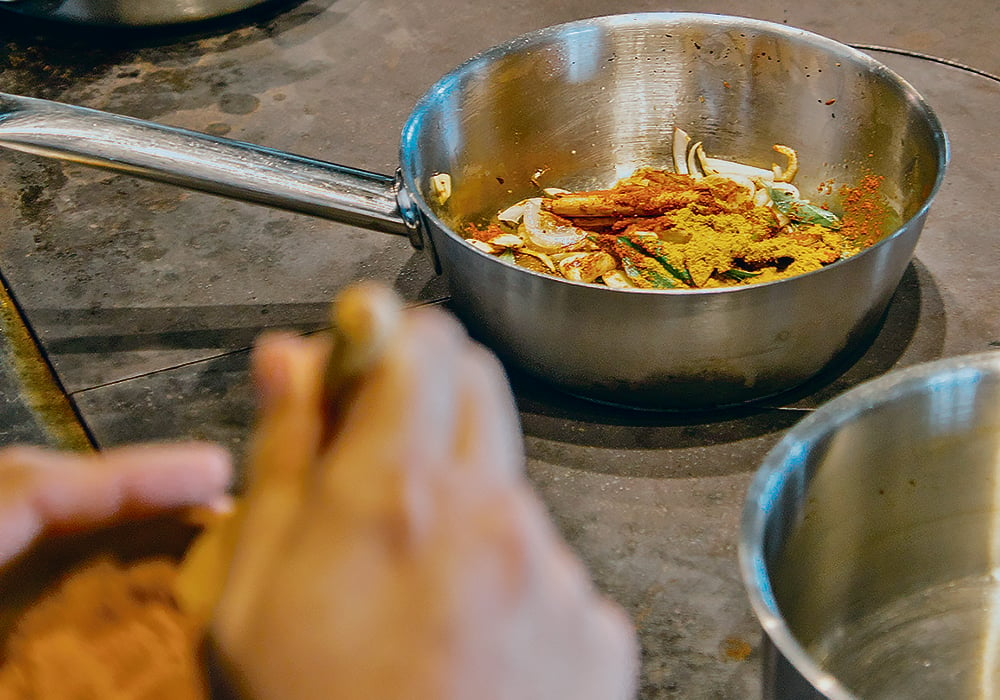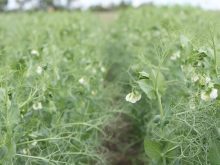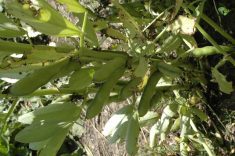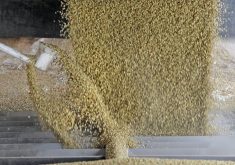Farmers continue to grow more reds, but higher global demand provides a strong market incentive to switch to greens
SASKATOON — Canada’s green lentil acres are likely on the rise, but industry officials differ on the magnitude of the increase.
“I think the greens could catch up and maybe even overtake the reds in the next year or two,” said Dale Risula, pulse crop specialist with Saskatchewan Agriculture.
Related stories:
- India looking at large lentil crop, but pulses down overall
- New research strategy developed for root rot
Read Also

Russian wheat exports start to pick up the pace
Russia has had a slow start for its 2025-26 wheat export program, but the pace is starting to pick up and that is a bearish factor for prices.
If that happens, it would be the first time since 2008 that farmers planted more greens than reds.
Carl Potts, executive director of Saskatchewan Pulse Growers, agrees that green lentil acres will rise in 2024 but they won’t overtake reds.
“I don’t think they’ll jump to that degree,” he said.
It would be hard to make a change of that magnitude in one year due to seed availability issues and other factors. Reds will still be the largest market class “by far,” said Potts.
The province’s farmers planted 1.99 million acres of red lentils last year, compared to 1.14 million acres of greens, according to the 2023 Specialty Crop Report.
However, the incentive to plant more greens is strong. Old crop bids for large green lentils are double what red lentils were fetching as of the end of January.
New crop production contracts for large green lentils were in the 55 to 56 cent per pound range as of the end of January, while red contracts were lagging significantly in the 30 to 31 cent range.
Risula said global demand for green lentils appears to be trending higher in markets such as Sri Lanka.
He thinks the diet of Asia’s rapidly growing middle class is shifting after a brief flirtation with meat.
“People are seemingly going back to consuming more plant-based proteins rather than the meat because the population in a lot of those Asian countries was gaining weight rapidly, just like in North America,” said Risula.
Canada and Australia are the world’s top lentil exporting nations, but Australia focuses almost exclusively on producing red lentils.
“If anyone needs greens they have to turn to Canada, where we have the most amount of greens available for export,” said Risula.
Potts said demand for green lentils has been strong in part due to poor pigeon pea harvests in India.
And supplies have been constrained in Canada and the United States, the two primary exporters of the crop.
So, there will likely be an acreage response in 2024. However, in the long-term he expects reds will continue to occupy 60 to 70 percent of Canada’s lentil acres because the market for reds is five times larger than greens.
Agriculture Canada is forecasting growers will plant 3.95 million acres of lentils, an eight percent increase over last year.
Potts said that is possible, but he doubts it based on the feedback he heard at winter grower meetings, where farmers talked about the mounting challenges managing root rot disease.
“I wouldn’t be surprised to see pea and lentil acres somewhat flat,” he said.
Risula said red and green lentils are agronomically similar and neither class has an advantage when it comes to dealing with root rot disease.
Most of the breeding effort in Canada has been focused on red lentils since the early 2000s.
Risula sits on the Prairie Grain Development Committee for Pulse and Special Crops, which recommends varieties to be registered by the Canadian Food Inspection Agency.
“Over the last number of years, the reds have pretty much been the major ones submitted for registration,” he said.
That may have to change if green lentil demand and production continues along its current path, said Risula.
Potts thinks reds will continue to be the primary focus of breeding programs due to the size of the market, but he added that there will still be a “very strong” green lentil breeding program.
















